14 Reasons Reintroducing Beavers Is Helping Nature Bounce Back
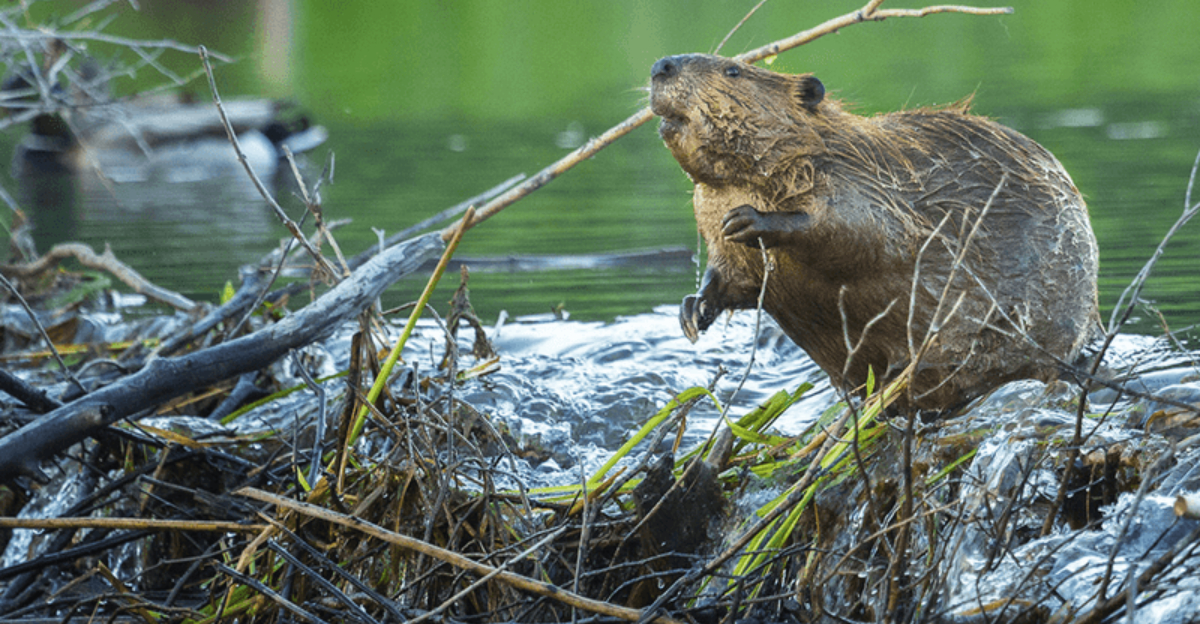
Nature’s original ecosystem engineers are making a comeback! Once hunted nearly to extinction for their fur, beavers are now being deliberately reintroduced to landscapes across North America and Europe.
These buck-toothed builders transform environments in ways that benefit countless other species, fight climate change, and even help humans in surprising ways.
1. Water Wizards Create Wetland Wonderlands
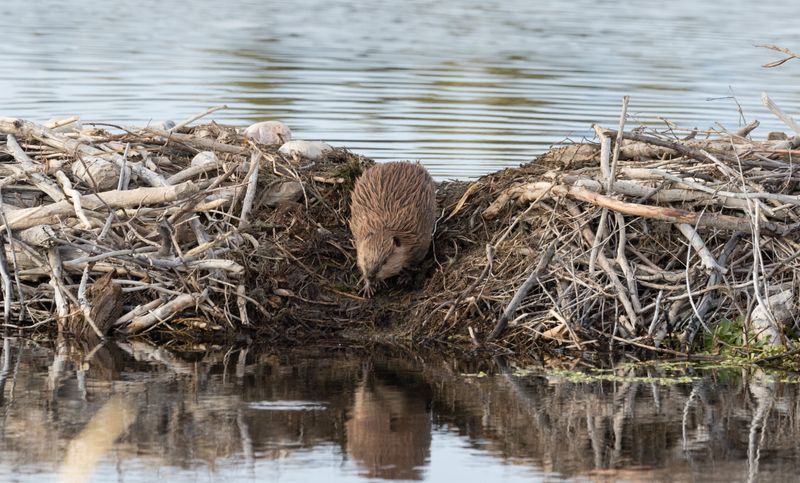
Every dam a beaver builds becomes a thriving wetland ecosystem. Their construction projects transform fast-flowing streams into complex pond systems where countless plants and animals flourish.
Fish find shelter in deeper pools, while amphibians lay eggs in shallow waters. Birds, insects, and mammals all flock to these biodiversity hotspots that might otherwise never exist.
2. Natural Flood Defenders

Forget expensive human-made flood defenses! Beaver dams act like natural sponges during heavy rainfall, catching and slowly releasing water instead of letting it rush downstream all at once.
Communities downstream from beaver territories experience fewer devastating floods. One study in the UK showed beaver dams reduced peak flows during storms by almost 30%, protecting homes and businesses naturally.
3. Drought-Busting Reservoirs
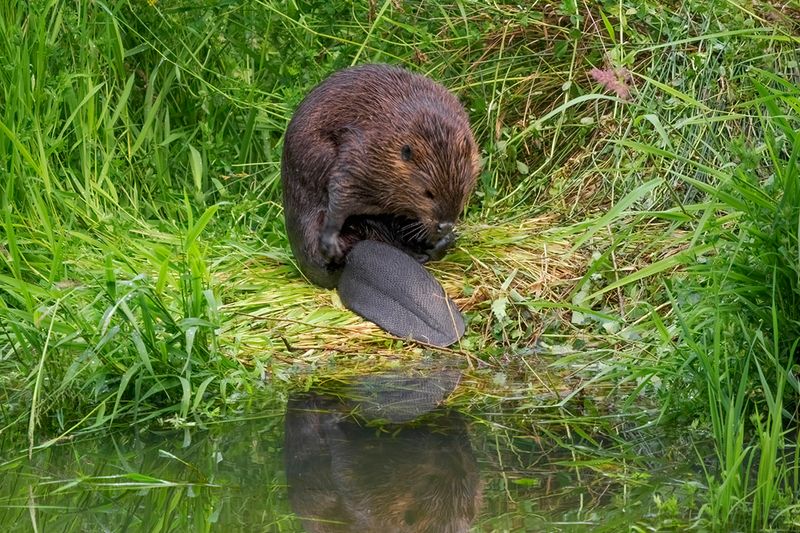
During dry spells, beaver ponds become lifesaving oases. Their dams hold precious water that would otherwise disappear downstream, creating reservoirs that sustain wildlife and vegetation through parched summers.
Farmers near beaver territories report greener fields even during drought conditions. The stored water seeps slowly into surrounding soil, maintaining moisture levels when every drop counts.
4. Carbon-Capturing Champions
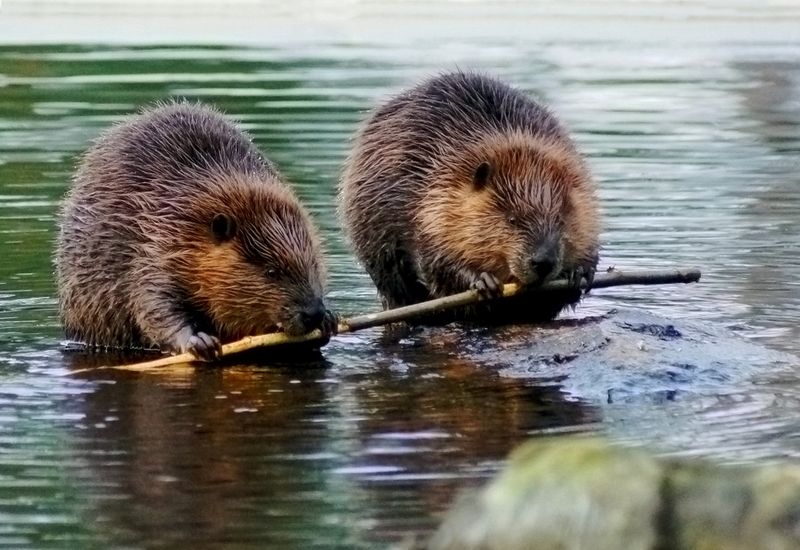
Looking for a natural climate solution? Beaver wetlands trap remarkable amounts of carbon in waterlogged soils and lush vegetation.
The wet environment slows decomposition, preventing carbon from escaping back into the atmosphere. Scientists estimate that beaver-created wetlands can store up to five times more carbon than similar areas without beavers, making them tiny but mighty allies against climate change.
5. Water Purification Specialists
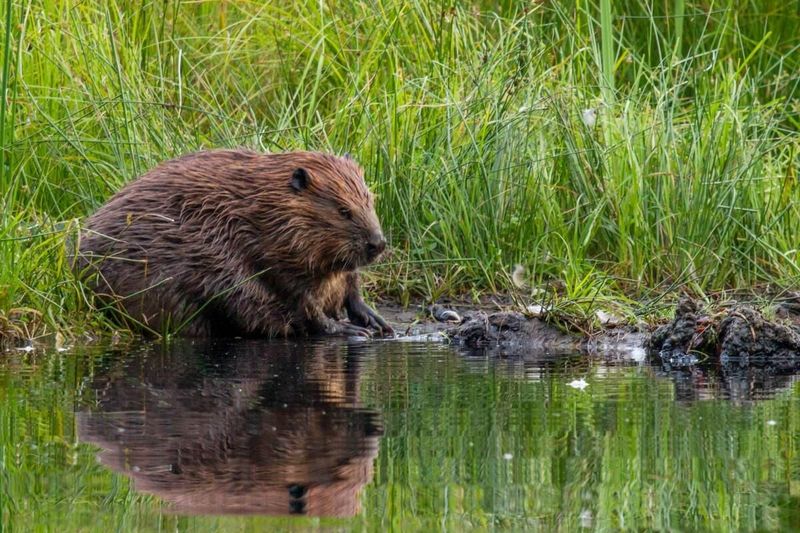
Beaver ponds work like natural water treatment plants! As water slows behind dams, sediments settle out instead of clouding streams. Plants growing in these wetlands absorb excess nutrients and filter out pollutants.
Water leaving beaver territories is typically cleaner than when it entered. Studies show beaver ponds can remove up to 45% of harmful nitrogen and 70% of sediment from water flowing through them.
6. Wildfire Protection Zones

Amid increasing wildfire threats, beaver wetlands create natural firebreaks across landscapes. Their damp territories resist burning even when surrounding areas go up in flames.
Wildlife fleeing fires find refuge in these moist havens. Researchers tracking wildfires in the western United States found that areas with beaver activity were three times more likely to be spared from burning compared to similar landscapes without beavers.
7. Fish Population Boosters

Fish love what beavers build! Their dams create deep pools perfect for fish to hide from predators, while the complex underwater structures of sunken logs and branches make ideal spawning grounds.
Juvenile salmon in beaver ponds grow larger and faster than those in undammed streams. Trout populations have increased by up to 80% in some restored beaver habitats, delighting both conservationists and anglers alike.
8. Temperature Regulators For Streams
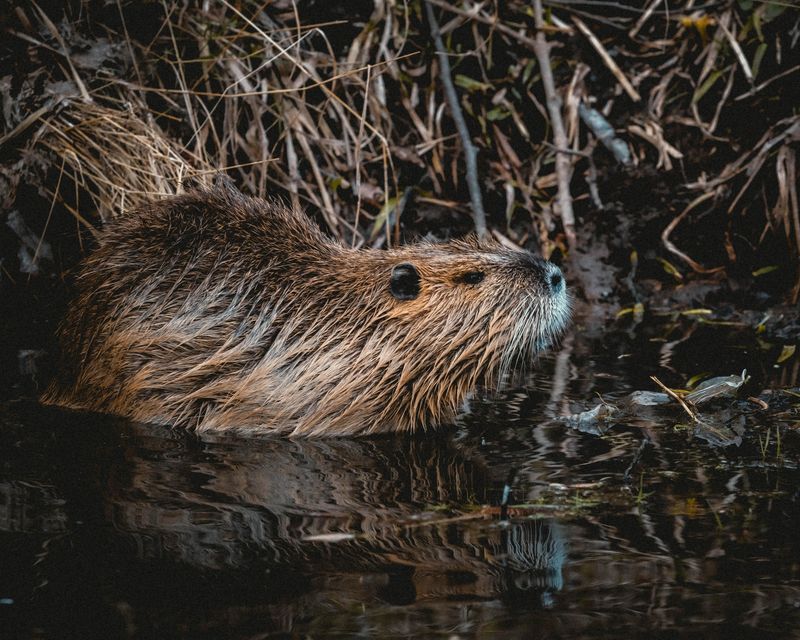
As climate change heats up waterways, beaver ponds provide crucial cool refuges for temperature-sensitive aquatic species. Their deep pools stay cooler during hot spells, preventing fish die-offs.
In winter, the insulating properties of beaver ponds prevent complete freezing. This temperature regulation creates year-round habitat for creatures that would otherwise struggle to survive seasonal extremes in unmodified streams.
9. Bird Biodiversity Magnets
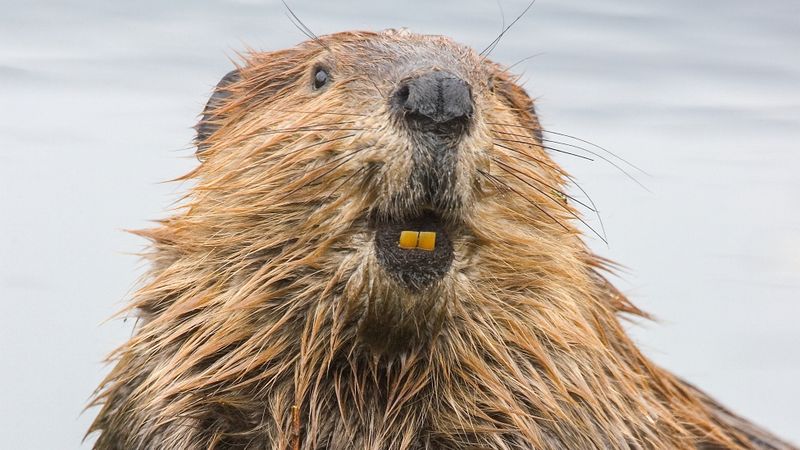
Bird watchers flock to beaver territories for good reason! The diverse habitats created by beaver engineering attract an astonishing variety of feathered friends.
Waterfowl nest on pond edges, while songbirds feast on the abundant insects. Wading birds hunt in shallow waters, and woodpeckers find homes in dead trees flooded by beaver activities. Studies show bird diversity can increase by up to 75% following beaver reintroduction.
10. Free Landscape Restoration Experts
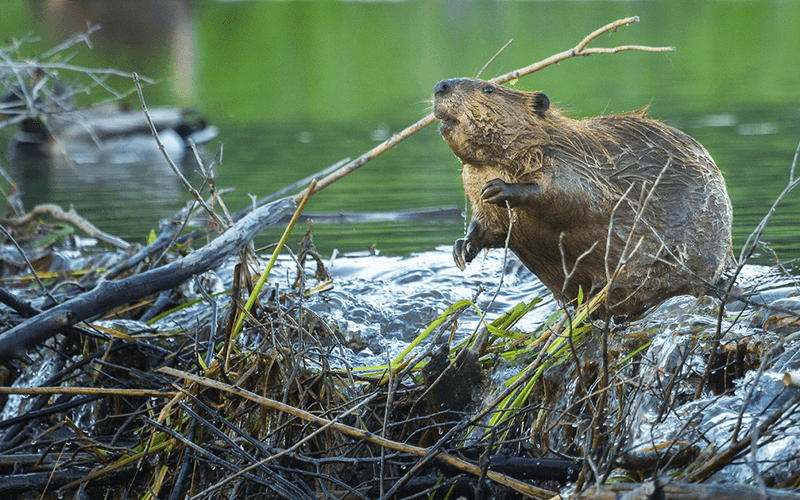
Hiring human engineers to restore damaged ecosystems costs millions, but beavers do it for free! Once reintroduced, they get right to work rebuilding natural systems without ongoing human intervention.
Their constant maintenance activities ensure lasting benefits. Unlike human-made restoration projects that often degrade without continuous funding, beaver-maintained ecosystems become increasingly complex and beneficial over time as the animals respond to environmental changes.
11. Groundwater Recharge Champions

Beaver dams don’t just store surface water – they help replenish underground aquifers too! As water backs up behind dams, it seeps down into the earth, recharging groundwater supplies that humans and ecosystems depend on.
Wells near beaver territories often maintain better water levels during dry periods. This invisible benefit helps sustain water availability for agriculture and drinking water in regions facing increasing water scarcity challenges.
12. Meadow Makers and Soil Builders
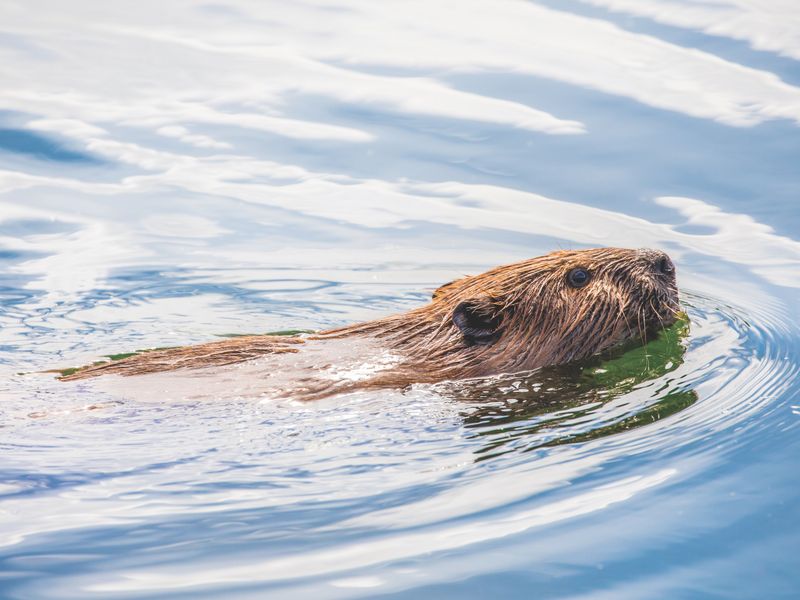
When beavers abandon old ponds, they leave behind beaver meadows – incredibly fertile areas enriched by years of accumulated sediments and nutrients. These meadows become biodiversity hotspots in their own right.
The rich soil in former beaver ponds supports lush vegetation that attracts grazers and pollinators. This natural succession creates a patchwork of habitats across landscapes, maximizing ecological diversity and resilience.
13. Natural Stream Restoration Crew
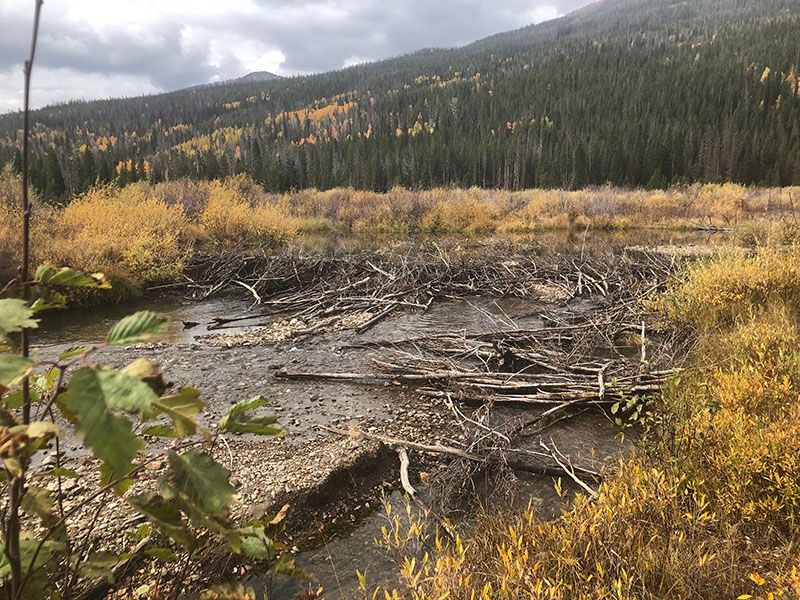
Centuries of human channel straightening has damaged countless streams, but beavers are reversing this damage! Their dams slow water flow, causing streams to meander and reconnect with their floodplains naturally.
This restoration process rebuilds stream complexity that supports countless species. The returning curves and varied depths create the diverse microhabitats needed for healthy aquatic ecosystems, all without expensive human intervention.
14. Wildlife Corridor Creators
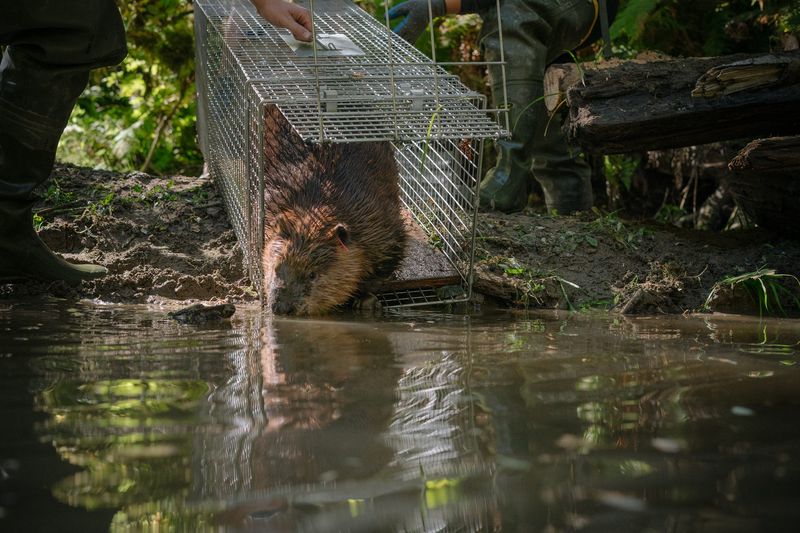
Beaver territories serve as crucial wildlife highways connecting fragmented habitats. The water, food, and cover they provide create natural pathways that allow animals to move safely through otherwise inhospitable landscapes.
Motion-activated cameras placed near beaver ponds have captured an amazing diversity of mammals using these areas. From deer and moose to bears and mountain lions, these corridors help maintain genetic diversity in wildlife populations.






